Seafood has always been one of those flavors that brings the world together. Whether you bite into an umami-rich sushi roll in Tokyo or scoop up spicy shrimp gumbo in Louisiana, you’re tasting generations of tradition.But rising alarms about overfishing, injecting plastics, and the health of the planet are pushing eaters to hunt for greener, sea-safe swaps.
Similar to the plant-based meat boom of the past decade, vegan seafood is quickly moving from niche to main course. Food tech is moving fast, and more diners want meals that protect the planet, so companies are crafting ocean-safe dishes that look, taste, and feel like the catch of the day.
In this complete guide, we’ll dive into what plant-based seafood is, why it matters, how it’s created, the health benefits, the science behind it, and the tastiest ways to serve it.
Why the World Needs Plant-Based Seafood
1. Overfishing Crisis
More than one in three ocean fish stocks are overfished, the United Nations reports, and cherished species like tuna, salmon, and cod are on the decline. When we choose seafood crafted from plants, we lighten the load on wild populations and give the oceans a much-deserved break.
2. Sustainability and Climate Impact
Traditional fishing practices harm our planet in several ways. They add greenhouse gases, tear up the seafloor, and spread plastic waste. On the other hand, plant-based seafood needs smaller energy inputs, gives off fewer pollutants, and plays a part in safeguarding our oceans.
3. Health Benefits
Often, seafood is recommended for its omega-3 fatty acids. However, it can also come with mercury, microplastics, and other harmful metals. Plant-based seafood provides similar omega-3s—especially when enhanced with algae-based sources—without the harmful side effects.
What Is Plant-Based Seafood Made Of?
Food scientists use a mix of plants to recreate the taste and texture of fish and shellfish. Here are the most popular ingredients:
1. Seaweed & Algae
Key Nutrients: Iodine, polysaccharides (alginate, carrageenan), fucoxanthin, omega-3 fatty acids.
How They Work: Seaweed offers that familiar “ocean” taste because it’s full of natural umami compounds. Alginates act like natural gelatin, giving the same chewy texture you’d get from a fish fillet. Microalgae oil delivers all the omega-3s you’d want, minus the fish.
2. Legumes (Peas, Lentils, Chickpeas)
Key Nutrients: 20–25% protein, resistant starch, fiber, isoflavones.
How They Work: Pea protein isolates soak up water and form gummy textured chunks that mimic the strands of real fish muscle. They pack protein and help hold everything together.
3. Soy & Tofu
Key Nutrients: 36–40% protein, isoflavones, lecithin, saponins.
How They Work: Soy protein isolates get pushed through an extruder to create layered, fibrous strands that stand up well to cooking—just like the delicate structure found in shrimp and tuna.
4. Jackfruit & Banana Blossom
Key Nutrients: Low protein, high fiber, tannins, and phenolic compounds.
How They Work: Jackfruit and banana blossom have fibers that fall apart in cooking, resembling the large “flakes” of a fish fillet. It’s the lightweight, coarse texture so often sought in vegan “tuna” and “crab” dishes.
5. Mycelium (Mushroom Roots)
Key Nutrients: 15–20% protein, β-glucans, vitamin D precursors, glutamates.
How They Work: Mycelium grows in strands that naturally imitate a fish’s muscle fibers. This lets companies mold it into fillets while keeping a nearly neutral taste, ready to soak up marinades and seasonings.
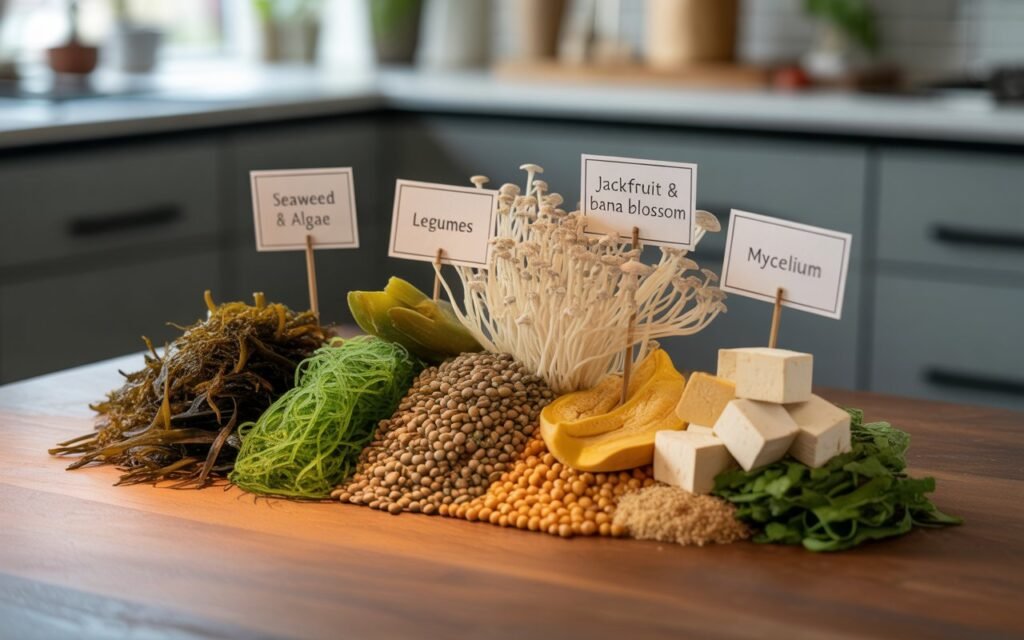
Types of Plant-Based Seafood Products
Plant-based seafood isn’t just one food; it’s many products that pose as different types of marine animals. To truly nail the texture, taste, and nutrition of the real catch, scientists mix and match ingredients and techniques.
1. Plant-Based Fish Fillets (Cod, Haddock, Whitefish Alternatives)
Structure & Ingredients:
- Base proteins: pea, soy, or wheat gluten
- Binders: starches (like tapioca or potato), alginates, or methylcellulose that hold it together
- Flavor boosters: extracts from seaweed, brewed yeast, or smoked flavor molecules
Scientific Process:
- High-moisture extrusion (HME) pushes mixed proteins through a nozzle, lining them into fibers that act like real fish muscle.
- To add even more bite, the mix includes brown alginate gels, which imitate the fine, flaky texture of cooked cod.
Nutrition: Each serving carries 15–20 grams of protein, plus lower cholesterol, and it skips the hidden mercury and microplastics found in some ocean fish.
2. Plant-Based Shrimp
Structure & Ingredients:
- Main proteins: soy protein isolate and pea protein fry the profile of sea creature flesh
- Texture agent: a touch of konjac glucomannan, the thickener that gives it the famous chewy bite
- Coloring: natural reds from paprika, beet, and a sprinkle of lycopene give the product its shrimp-like pink.
Scientific Process:
- Tiny hydrocolloid gels create the springy “pop” when you bite a real shrimp.
- Splashing in algal oil adds specific marine fatty acid fragrances, completing the sea-like aroma.
Nutrition: Many brands kick it up a notch by including calcium and B12, ensuring the crunch and feel of real shellfish without the cholesterol.
3. Plant-Based Tuna (Canned or Fresh-Style)
Core Ingredients:
- Proteins from a blend of soy, pea, and wheat gluten
- Algal and sunflower oils
- Seaweed extracts and yeast nucleotides (IMP/GMP) for natural “tuna” taste
How It’s Made:
This product copies tuna’s signature flakes and firmness through special protein fibers aligned like real fish plus careful coconut oil infusion.
Kitchen scientists ferment yeast so it spits out flavor compounds similar to the ones that drift up from real fish when cooking, called TMA compounds.
Nutrition Per Serving: Don’t worry about toxins: it packs about 20 grams of protein and contains a nice wallop of the healthiest oils, EPA and DHA, sourced entirely from tiny microalgae.
4. Plant-Based Crab Cakes
Core Ingredients:
- Shredded jackfruit, sliced hearts of palm, and chopped artichokes for a delicate “crab” flake
- Minced chickpea plus a touch of potato starch to hold it together
- Miso, Colorado seaweed (kombu), and a sprinkle of Old Bay for the taste that says “beach house”
How It’s Made:
Fibers from the jackfruit plus the chickpea starch harmoniously unravel layers that mimic bundled strands of real crab. Tiny seaweed nucleotides sweeten the blend and deliver the trademark crab cake zing.
Nutrition Per Serving: Lower in saturated fat than the classic, higher in black bean style fiber, and mouths that need the heart-friendly omega-3s receive these through a sprinkle of microalgal oil.
5. Plant-Based Salmon
Core Ingredients:
- Soy protein, pea protein, and a sprinkle of mycelium light up the protein count.
- Algal astaxanthins and orange-hued carrot extracts make it pop like the real pink fish.
- And microalgae oil carries DHA and EPA.
How It’s Made:
Experts use a fancy 3D printer to stack layers of food like LEGO pieces, imitating each sweet swirl in a slice of salmon. Tiny oil droplets release rich marine notes as the fish cooks, just like the real thing.
Nutrition Per Serving: High in protein, rich in DHA and EPA, and each bite flashes vitamin B12 and iron. It’s the “king” of the sea, but in a plant box.
6. Plant-Based Calamari (Squid Rings)
Structure & Ingredients:
- Texture agents: konjac powder, agar agar, carrageenan
- Protein: pea protein concentrate
- Flavor: seaweed broth + garlic extracts
Scientific Process:
A gelation technique gives it the chewy, elastic snap typical of squid. Carrageenan, heated, pulls together forms stable gelatin that feels just like the bouncy bite we expect from the sea.
Nutrition: Lower calories, no cholesterol, and usually has added fiber, making it easy on the gut and the heart.
7. Plant-Based Scallops
Structure & Ingredients:
- Base: king oyster mushroom stems (naturally scallop-like shape and texture)
- Protein enhancement: soy isolates, chickpea flour
- Flavor: seaweed broth + fermented soy
Scientific Process:
Mushroom stems contribute natural fibers and glutamates, creating the authentic sea-sweetness we love. Some batches use protein crosslinking via transglutaminase to boost firmness.
Nutrition: Packed with antioxidants and some protein, though it’s less than what fish offers. Often paired with vitamins to boost the nutritional value.
8. Plant-Based Lobster
Structure & Ingredients:
- Proteins: soy, potato protein, pea protein
- Color: paprika oleoresin, beetroot extract
- Fats: coconut oil + algal oil
Scientific Process:
Heat-stable hydrocolloid gels are layered to form the firm, dense chew typical of lobster. A blend of seaweed and fermentation adds smoky and briny notes to imitate the shellfish taste.
Nutrition: A good source of plant protein, completely free of cholesterol, but it’s made with vitamin B12 to ensure it’s nutritionally balanced.
How Plant-Based Seafood Recreates Fish at the Molecular Level
Texture Replication
Fish muscle relies on two key proteins, actin and myosin, grouped in myofibrils. To mimic that texture, plant-based seafood uses proteins from soy and pea that get extruded under heat and pressure. This aligns the proteins, creating long, fibrous strands that feel just like fish muscle.
Flavor Simulation
The natural flavor of fish mainly comes from trimethylamine (TMA), nucleotides, and lipids. Companies copy this by combining yeast extracts, seaweed, and specially processed oils from algae. Together, these ingredients deliver the same umami and ocean scent that fish lovers expect.
Nutrient Replacement
The beneficial omega-3 fatty acids DHA and EPA found in fish are sourced from microalgae in the plant-based version. Essential minerals like iodine and selenium come from seaweed and fortification, while the overall protein quality is boosted by mixing soy, pea, and mycelium for a full amino acid profile.
The Benefits of Plant-Based Seafood
Environmental Impact – Producing these products reduces the pressure on fish populations and lowers the overall carbon footprint.
Ocean-Friendly Dining – Plant seafood is free from destructive trawling and prevents bycatch.
Ethical Choice – There’s no harm to marine life, making it a cruelty-free selection.
Healthier Alternative – You avoid mercury, microplastics, and antibiotics that can come with traditional seafood.
Innovation & Flavor – The taste and texture of today’s plant-based seafood is almost indistinguishable from traditional fish, making it a smart choice for environmentally-conscious eaters.
Top Plant-Based Seafood Brands
- Good Catch – Tuna, fish fillets, crab cakes.
- Ocean Hugger Foods – Tomato-based tuna.
- New Wave Foods – Plant-based shrimp.
- OmniSeafood – Broad vegan seafood options.
- Sophie’s Kitchen – Vegan salmon and canned tuna.
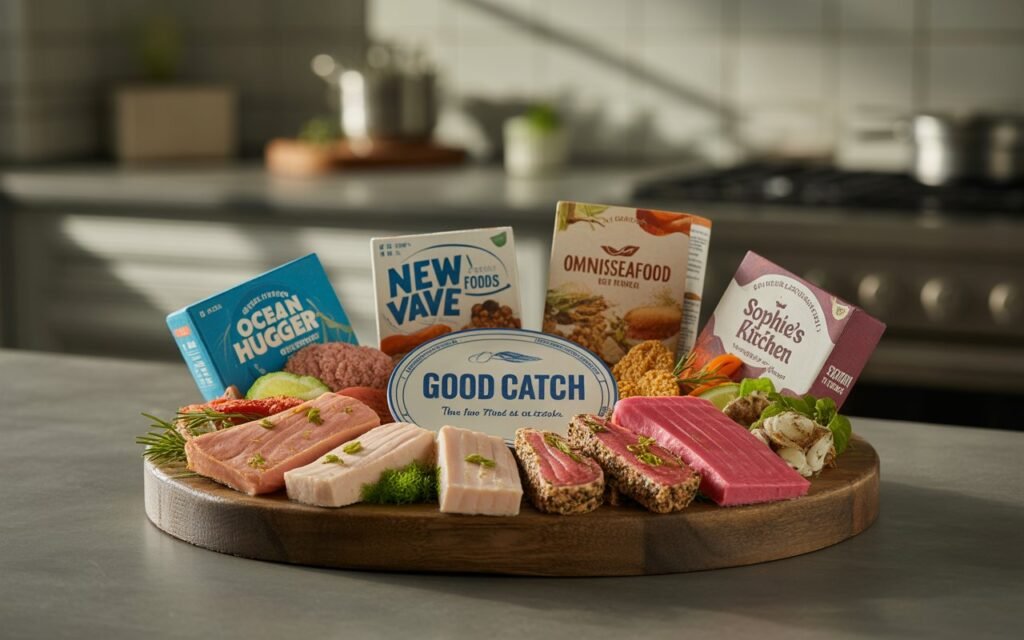
Transitioning to a Plant-Based Diet with Seafood Alternatives
- Making the switch is easier than you think!
- Start small: Pick one day a week to enjoy plant-based fish.
- Explore recipes: Whip up a veggie poke bowl or coconut curry.
- Read labels: Look for brands that add omega-3s.
- Support local: Many grocery stores now carry these items.
The Future of Plant-Based Seafood
Food tech is racing ahead. Soon we might see:
- 3D-printed fish cakes that look like the real thing
- Seafood boosted with extra omega-3s and vitamins
- Hybrid products with a blend of plants and lab-grown proteins
- Drive-thru vegan tuna melts and shrimp tacos.
By 2030, plant-based seafood may be as common as plant-based milk today.

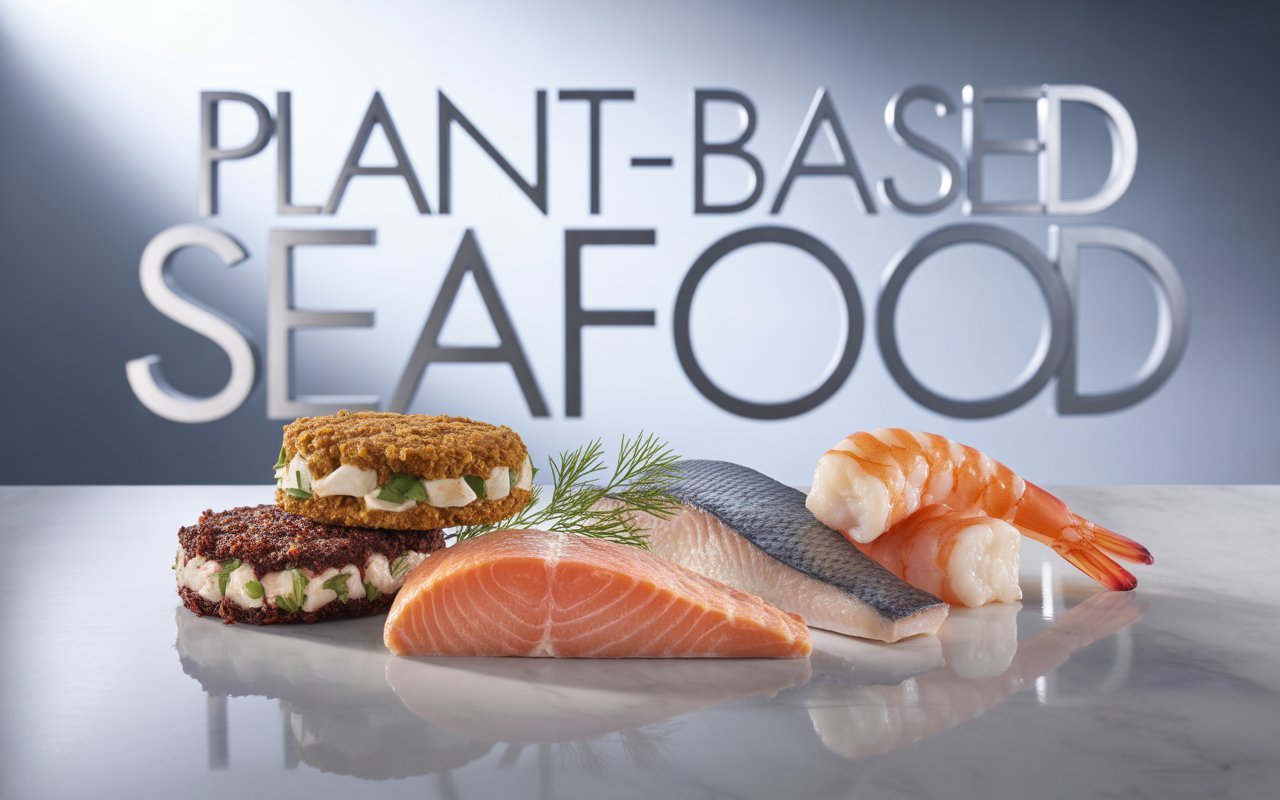

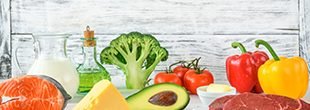


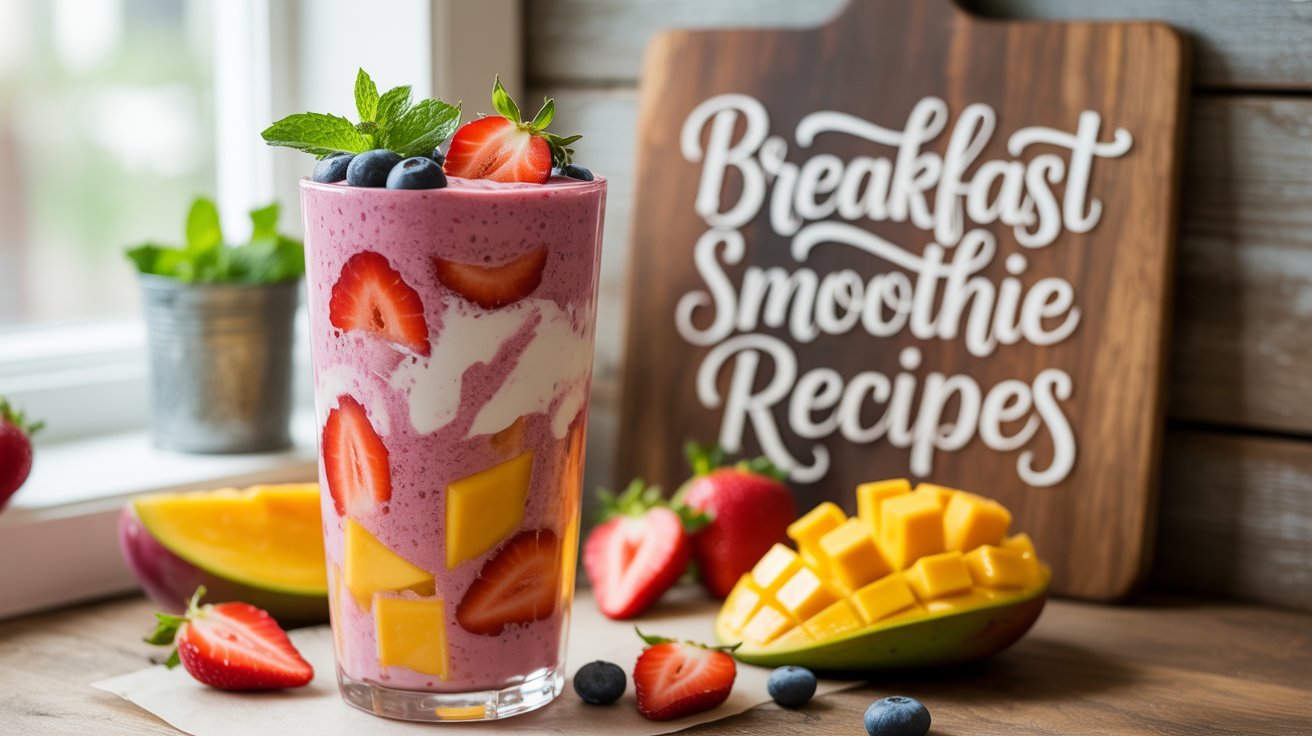

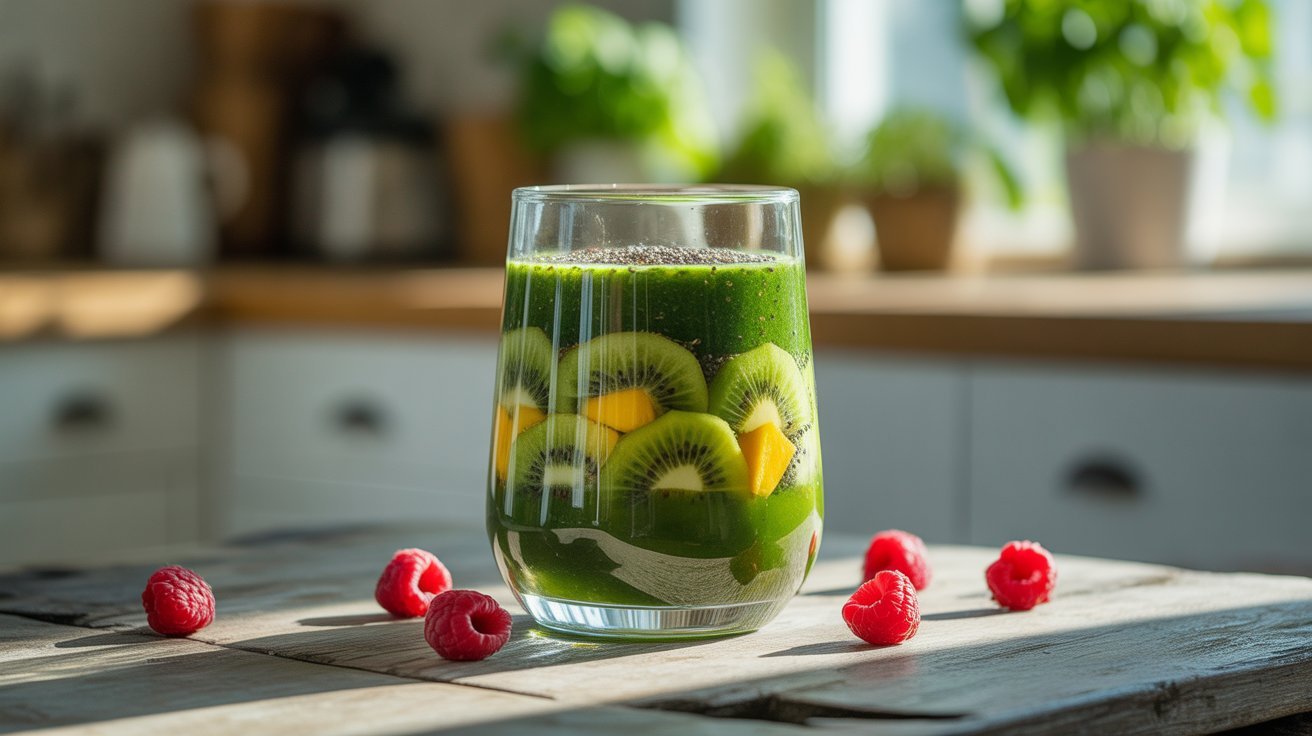
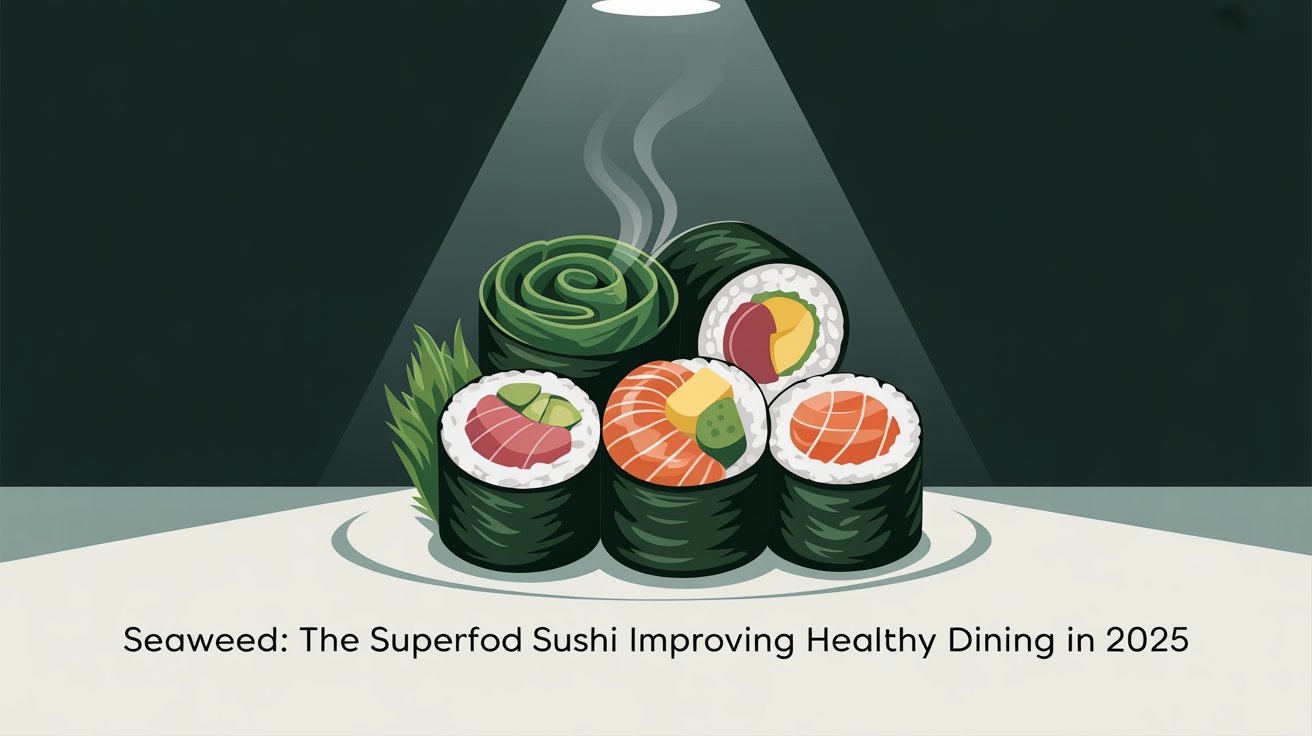
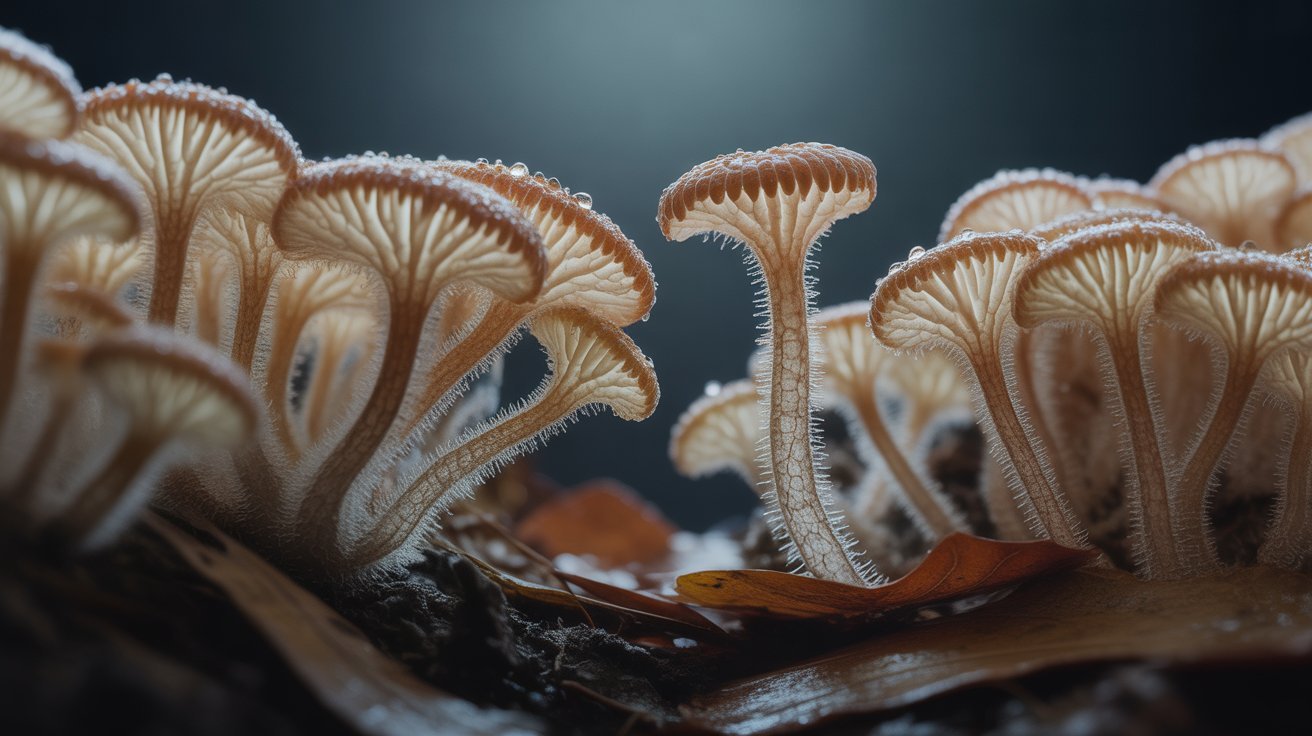


One Response